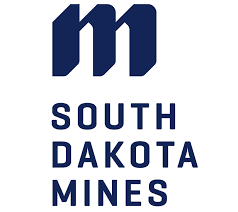
South Dakota School of Mines and Technology
Also known as: SDSM&T

Also known as: SDSM&T
At the South Dakota School of Mines and Technology (SDSMT), located in Rapid City, South Dakota, salary expectations for faculty and staff are typically determined by factors such as role, academic rank, years of experience, and field of expertise. Salaries often vary significantly between disciplines, with engineering and technology-related positions generally commanding higher pay due to market demand. While SDSMT does not widely publish transparent salary bands or detailed public data for all roles, some information may be accessible through state employee salary databases or university reports, as it is a public institution. For precise figures, prospective employees are encouraged to consult directly with the university's human resources department during the hiring process.
Salaries at SDSMT are generally competitive within the region, particularly for a specialized technical university, though they may lag behind larger research institutions or private universities in urban areas. As a public university, compensation often aligns with state benchmarks for higher education roles, and progression typically depends on performance evaluations, tenure status, and budget allocations. Faculty in STEM fields may have access to additional income through research grants or industry partnerships, while administrative staff salaries tend to follow more standardized pay scales with incremental raises over time.
There are currently no jobs available.
Get alerts from AcademicJobs.com as soon as new jobs are posted